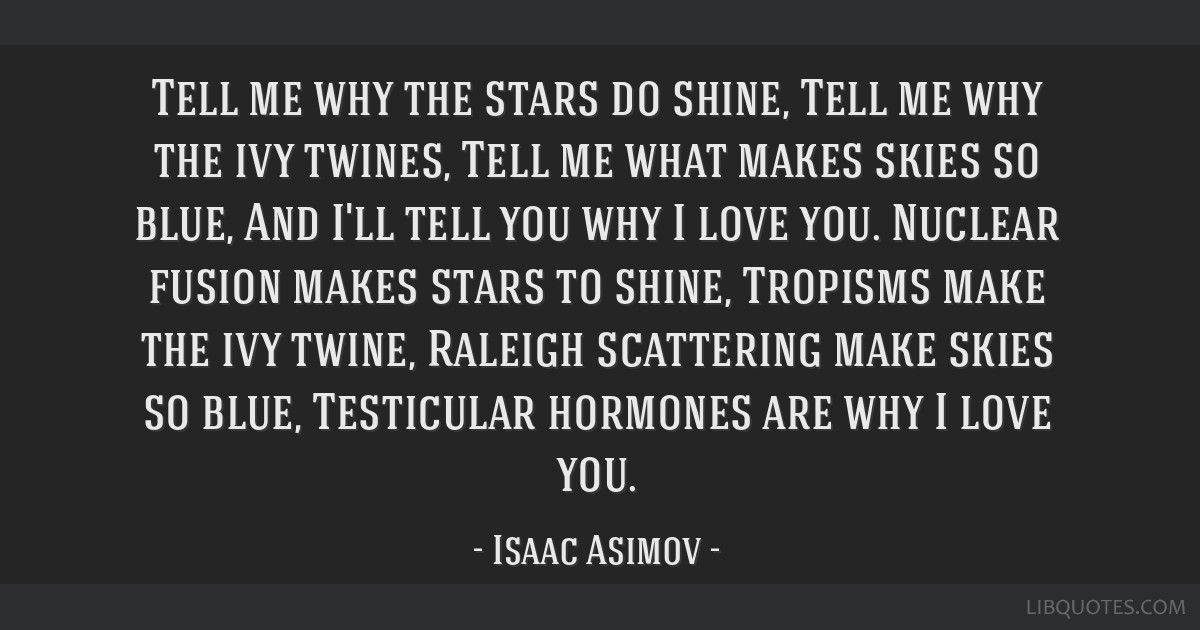

This infill gets automatically denser depending on the distance to the nearest top layer (the infill density increases only in the Z-axis). This makes the infill sturdier and it stabilizes the extrusion flow at the start of an infill line. The Adaptive Cubic infill works by refining those cells of an octree, that contain any object triangle. The result is shorter print time and lower filament consumption while maintaining great support for top layers and similar mechanical properties. The print will have denser infill at the top, bottom and around all sides, but it will have lower density near the center of the volume.

This is especially useful for large prints with a big internal volume. Unlike simple cubic infill, this infill gets automatically more or less dense, depending on the distance to the nearest wall, leaving large cavities in the middle. It consists of cubes oriented corner-down where lines cross themselves in one layer. The Adaptive cubic infill works on the same principle as cubic. Print time and filament consumption does not differ from the previous infills. This way it makes numerous air pockets that might serve as heat insulation, or cause the object to float on water (with waterproof filaments such as PETG). It creates cubes oriented with one corner facing down. This is an infill with paths that cross each other within one layer.

It allows filling it with resin or another liquid.It doesn't cross itself in the same layer.It's 3 dimensional - giving it equal strength in all directions.The special shape of this infill allows filling it with resin or another liquid. Plus it’s printed relatively fast, saves material, doesn’t cross itself at one layer and looks great. It’s one of the few 3D structures that provide great support in every direction. The Gyroid is our favorite and one of the best infills. Infill types and their properties Gyroid infill low-density filling of the inside of a model.Density per material used (better support for top layers with less material)ĭifferent infill patterns are used for some, but usually not all applications:.When choosing an infill pattern, these are the main things to consider: PrusaSlicer offers many infill patterns to choose from.


 0 kommentar(er)
0 kommentar(er)
